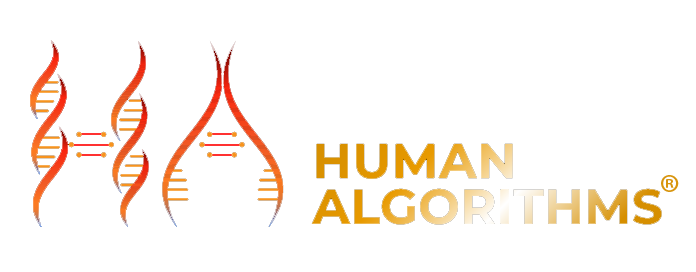This internal model of the world is built through experience, updated in real-time, and orchestrated by a network of specialized brain regions. Together, these structures form a dynamic decision-making system far more nuanced than any rigid algorithm.
At the center of this system is the prefrontal cortex, the brain’s executive hub. It evaluates context, weighs options, and rationalizes behavior. When we pause to reflect before acting, it’s the prefrontal cortex that simulates possible futures, drawing on both logic and foresight. It allows us to override impulses, consider long-term consequences, and plan strategically—even in ambiguous situations.
But decision-making isn’t purely rational. The amygdala, a small, almond-shaped structure deep in the brain, assigns emotional weight to incoming information. It helps us determine what matters most—what to fear, desire, avoid, or pursue. If the prefrontal cortex is the strategist, the amygdala is the emotional barometer, warning us of danger or alerting us to rewards based on prior emotional outcomes. This gives decisions an intuitive edge, grounded in the emotional relevance of past events.
Meanwhile, the basal ganglia handle the automation of learned behaviors. Once a decision becomes habitual—like brushing teeth, shifting gears, or even reaching for coffee—it’s the basal ganglia that take over. This frees up cognitive resources for more complex tasks, allowing the brain to operate efficiently. The automation of routine choices allows us to focus attention where it’s most needed: on novelty, conflict, or uncertainty.
Finally, the hippocampus contributes by storing and retrieving episodic memories—detailed records of past experiences. When faced with a familiar situation, the hippocampus offers context: what happened last time, what worked, what didn’t. These memory traces are crucial in helping the brain refine its predictions and make experience-informed decisions, rather than relying solely on rules or raw data.
What makes the human brain’s decision-making model so powerful is the synergy between these regions. It isn’t just a matter of logic versus emotion or instinct versus memory—it’s the constant integration of all these inputs that allows for flexible, adaptive choices. The brain doesn’t calculate decisions in a vacuum; it simulates them, forecasts outcomes, and learns from feedback.
This deeply personal, context-rich model sets human decision-making apart from artificial systems. While AI may process data faster or crunch probabilities with precision, it lacks the emotional nuance, experiential layering, and predictive imagination that define human thought.
In the end, our ability to anticipate, adapt, and decide—based on more than just numbers—is a defining trait of the human brain. It’s not just about making choices, but understanding why they matter.

